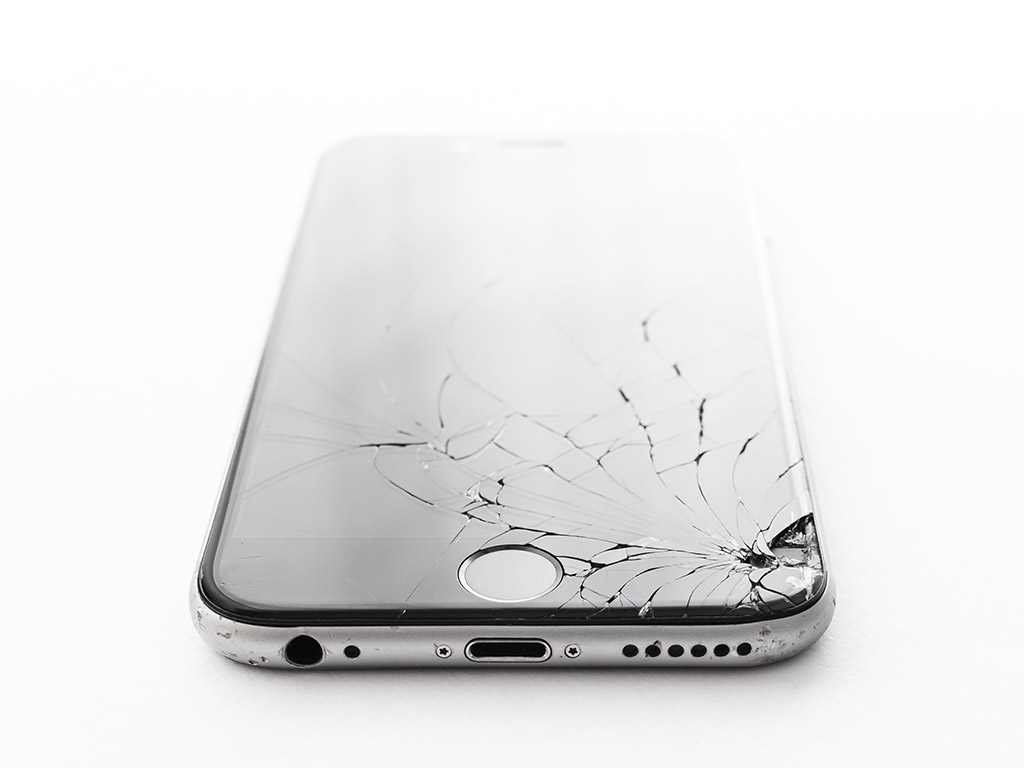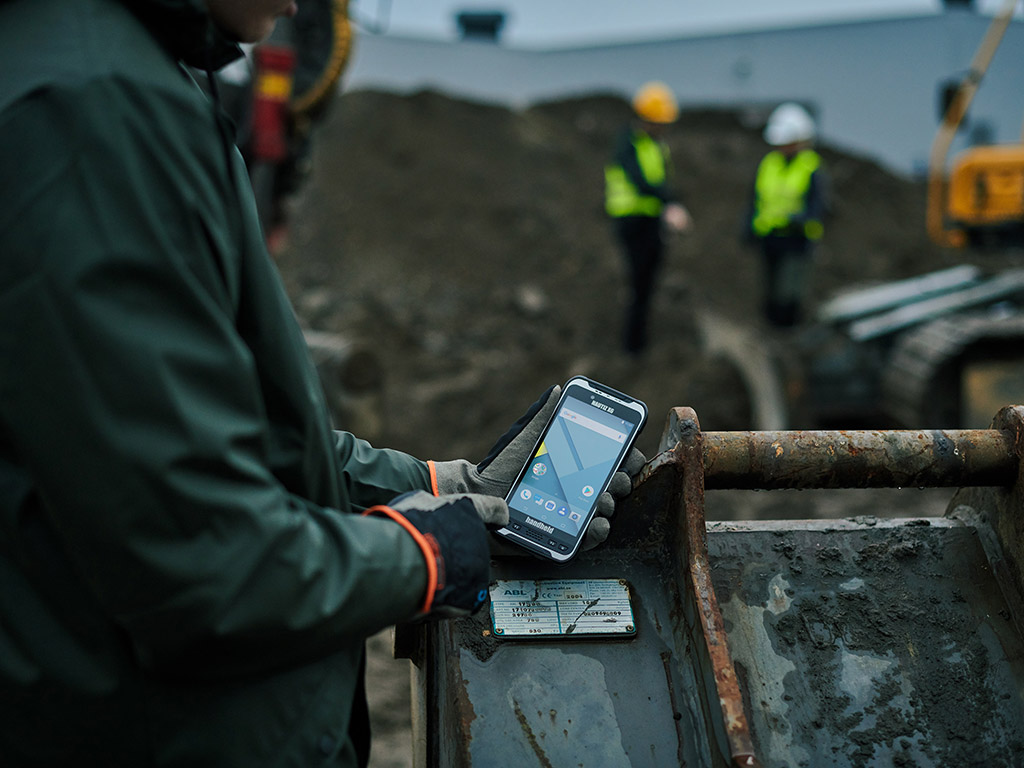The limitations of touch screen UI
While touch screen user interfaces have become the default means of interaction with almost any mobile device these days, limitations do exist in professional heavy-duty use cases.
I recently learned more about these specific limitations in a research project.

Why touch screen UI rules the (mobile) world
Since the introduction of the first iPhone by Apple in 2007, the rise of touch screen UI has been unstoppable. We all love our smart phones, tablets and gadgets that offer direct and super responsive interaction by just using our fingers on the screen.
And that’s understandable since there are a couple of unique advantages touch screen UI offers:
- Direct engagement with the screen and items on it
- Thus, no need to “translate” actions on the screen to buttons on a keyboard or mouse
- Virtually no learning time – intuitive to use
- No additional equipment needed, ideal for portable devices
- Last but not least – Fun to use!
Still, there are scenarios in which touch screen UI can become impractical or even unusable.
When touch screens fail
For professional usage, especially when used outdoors under extreme conditions, touch screen UI can be a burden to efficient use. I recently have been able to take part in device testing sessions for railroad employees working outside on the railroad tracks to check wagons and prepare trains. Their work is indispensable. It needs to be carried out regardless of weather conditions and day time. It also may involve serious physical constraints at any time.
Therefore, in the test sessions, we simulated some of the most extreme weather influences to see if the devices could still be used then. The test session took place on the railroad premises, but all of the extreme conditions were simulated.

Dirt on display and fingers
Touch screen technology has evolved over the last decades and is pretty reliable these days. While this holds true for “normal” usage conditions, dirt on device display and fingers of the user can make the interaction much more difficult.
Lots of soil on the display may not only block the view of the screen but can add physical barriers to effectively trigger touch events in the right regions of the screen. Furthermore, continuous usage with dirty fingers can cause more and more smears on the screen. This makes it harder to view and use the screen.
In dirty environments, physical buttons can make it easier to hit the right control more effectively.
In our test setup, we applied a moderate amount of mud and grease to the screen. Then, test subjects had to complete tasks with the touch screen UI, just as they had with the clean device earlier on.
Heavy rain
This aspect was an eye opener for me: Rain causes capacitive interference on touch screens. I’ve not been expecting how drastic this interference can be when water pours on the screen.
In our test, we used a shower head to apply a water stream of varying intensity to the test devices. Using the touch screen UI in this situation turned out almost impossible, since the water drops triggered false touch events.
Also, the water can significantly distort the view of displayed elements.
Another problem might result from the fact, that workers often have to carry an umbrella in rainy conditions, which makes it harder to use the touch screen UI with one hand only.
In contrast, physical buttons offer stable interaction in heavy rain (given the device is water proof).
Cold & heat
Extreme cold or heat can also cause malfunction of touch screens.
Simplified, capacitive touch screen technology works through currents caused by our body moisture when touching the screen. In low-temperature environments, much lower moisture levels may result in poor conductivity, thus making the touch screen UI insensitive for our inputs.
Extreme cold below minus 10 degrees Celcius is not uncommon in rural regions of Austria during winter. Railroad workers often have to work hour long shifts in the freezing cold.
With extreme heat on the other hand, comes sweat. While capacitive touch screens usually have not problems operating at high temperatures, sweat can cause input inaccuracy similar to the effects described with heavy rain.
Usage with gloves
In most heavy-duty scenarios, workers wear gloves for protection.
There are lighter working gloves that work with touchscreens, but usually they are only suitable for light work tasks, while “heavier” working gloves make it hard to use a touchscreen efficiently.
Besides the fact that touch screens work best when touched with the plain finger, chunky working gloves also mean a bigger touch area on the screen. This makes the interface even more prone to triggering erroneous actions due to the “fat finger problem“. To avoid errors, touch targets should be designed even more generous and further away from each other for glove usage.
Tiny physical buttons cannot be used error-free with heavy working gloves as well.
In our device tests, both touch screen devices as well as devices with hardware buttons could not be used properly with standard rail workers gloves on.

Durability
Mobile devices are fragile pieces of technology, and touchscreens add to their fragile nature. In heavy-duty work environments, objects may be dropped or have physical pressure applied to them easily. Large touch screens can break quite easily when devices are dropped, thus making the devices impossible (or harder) to interact with.
Even though manufacturers for “rugged devices” test their products to fulfill test procedures regarding sturdiness (e.g. IEC 60068-2-32 Environmental testing procedurse / Free fall), touch screens are more prone to being damaged than smaller, non-touch screens with additional hardware buttons on the device.
“One UI for all” doesn’t exist: context of usage matters
Even though touch screen UI has many advantages over interaction with physical buttons in general, there are situations in which it may be harder to use. These testing insights made me realize again that the right device choice for a project depends on the context: Taking concrete work scenarios and their “micro challenges” into account matters.
Nevertheless, in my research I noticed that even manufacturers of rugged devices these days tend to focus on touch screen UI only devices, since their overall advantages seem to outrun the disadvantages.